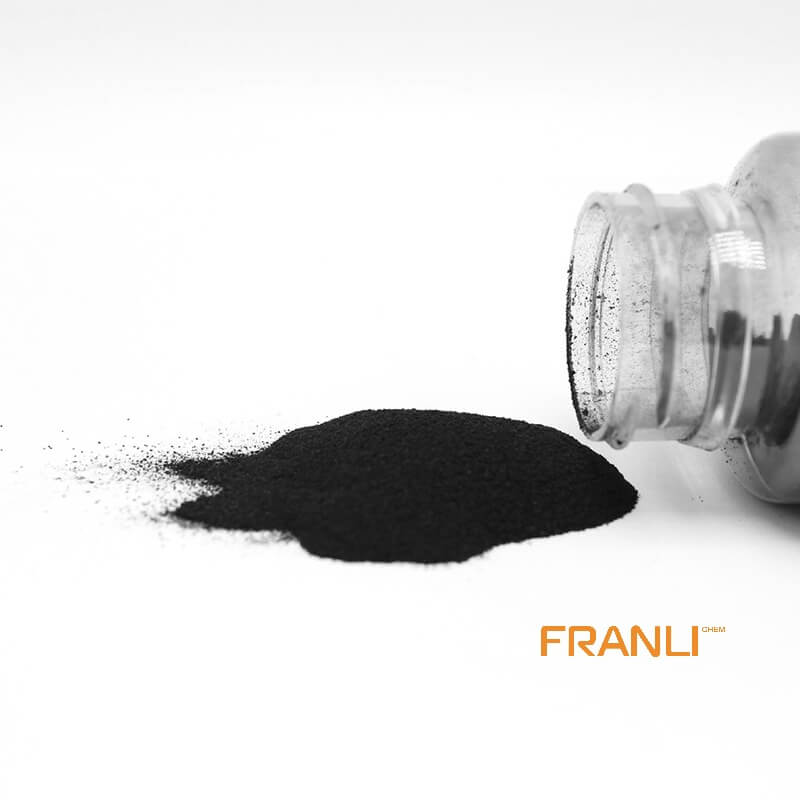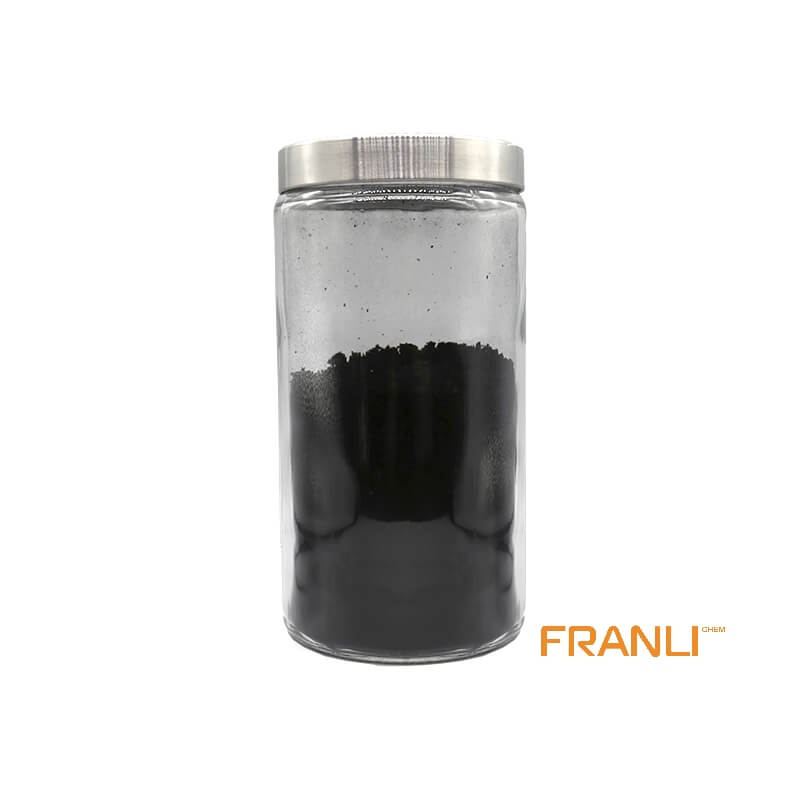

Graphene
Size
1-2nm thick x 0.5-5microns wide
Package
According to customer requirements
Features
High strength, high electrical conductivity, etc.
Application
Can be used as filler(between 0.01% and 5%).
Graphene, as the thinnest, toughest and best conductive nano material found at present. It is a two-dimensional crystal composed of carbon atoms stripped from graphite material with only one layer of atom thickness. Known as “black gold”, it is “the king of new materials”. Scientists even predicted that graphene “will completely change the 21st century”.
Request a quoteGraphene is the lightest, thinnest and hardest two-dimensional new material. It is the first material discovered to consist of a single layer of atoms. Carbon atoms are connected to each other into a hexagonal grid. The graphite used in the pencil is equivalent to countless layers of graphene stacked together, and carbon nanotubes are graphene rolled into a cylinder. It looks like a futuristic wonder material. Although it has graphite in its name, it neither relies on graphite reserves nor is it a property of graphite at all.
Graphene has excellent optical, electrical, and mechanical properties, and has important application prospects in materials science, micro-nano processing, energy, biomedicine, and drug delivery, and is considered to be a revolutionary material in the future.

What is graphene
Graphene already exists in nature, but it is difficult to peel off the single-layer structure. Graphene is stacked layer by layer to form graphite, and graphite with a thickness of 1 mm contains about 3 million layers of graphene. When a pencil is lightly drawn across the paper, the traces left may be several layers or even only one layer of graphene. Graphene is a two-dimensional carbon material, which is a general term for single-layer graphene, double-layer graphene and few-layer graphene. Graphene has long been considered a hypothetical structure, unable to exist stably on its own. Graphene is stripped from graphite material, and is a honeycomb-shaped two-dimensional crystal formed by hybridization of single-layer carbon atoms through electron orbits, with a thickness of only 0.335nm. It is not only the thinnest material today, but also the strongest material, with a breaking strength 200 times higher than the best steel. At the same time, it also has good elasticity, and the stretching range can reach 20% of its own size.
Advantages and disadvantages of graphene
1. Graphene has extremely high carrier mobility and thermal conductivity, and the mobility is tens or even hundreds of times that of traditional silicon-based materials. Carrier mobility is a very important parameter for microelectronic devices. If the mobility is too low, it will lead to severe heat generation and low response frequency. Therefore, graphene with high mobility and good thermal conductivity is considered to be an ideal material for electronic devices.
2. In the field of aerospace science, graphene can be used as a protective layer to cover the surface of some components to reduce the secondary electrons excited by cosmic rays.
3. Graphene has excellent thermal and chemical stability. The melting point of graphene is as high as 3850 degrees Celsius, and it is resistant to harsh environments such as strong acids and alkalis, and has good stability.

4. The way graphite is manufactured, separates carbon thin layers by chemical or mechanical exfoliation, forming a dry powder that may cause inhalation and exposure. If these dry powders (also known as material fragments) are inhaled into the body and come into contact with human cells, these material fragments are likely to cut through human cells and be absorbed by them, thereby endangering human health.
5. Reduction of incomplete graphene oxide nanoparticles can have environmental impacts if it finds its way into surface or groundwater resources.
As a basic material, graphene can be organically combined with various other materials in various forms, and there will be infinite possibilities. There is still some work to be done before the material is widely adopted. Several production issues need to be resolved before more advanced sectors choose to implement it. One of the current challenges in mass production revolves around chemical vapor deposition. A certain research process is needed to realize conditions such as convenience and environmental protection in the future.



